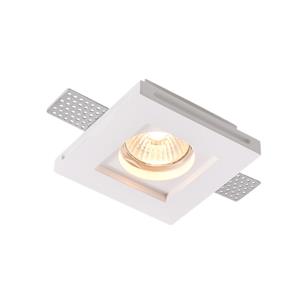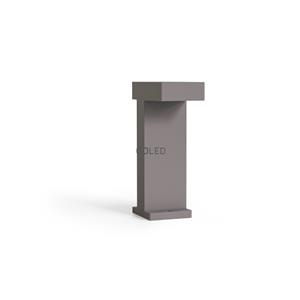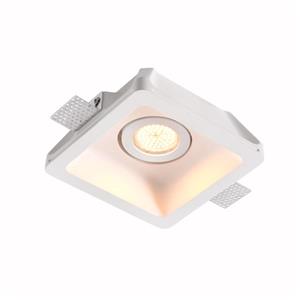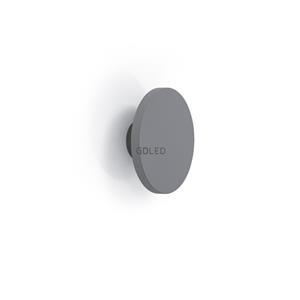Types of Gypsum Lighting Fixtures: A Detailed Guide
Types of Gypsum Lighting Fixtures: A Detailed Guide
As a professional in the gypsum lighting industry, I will be detailing the most common types of gypsum lighting used in residential and commercial spaces.
Plaster, a flexible material, has found a lot of use in the lighting industry, specifically for producing attractive and practical lights fixtures. Plaster lighting are prized for their smooth surface and the capability to be cast into various detailed forms.
Right here, I will discuss one of the most typical types of gypsum lighting made use of in residential and business areas.
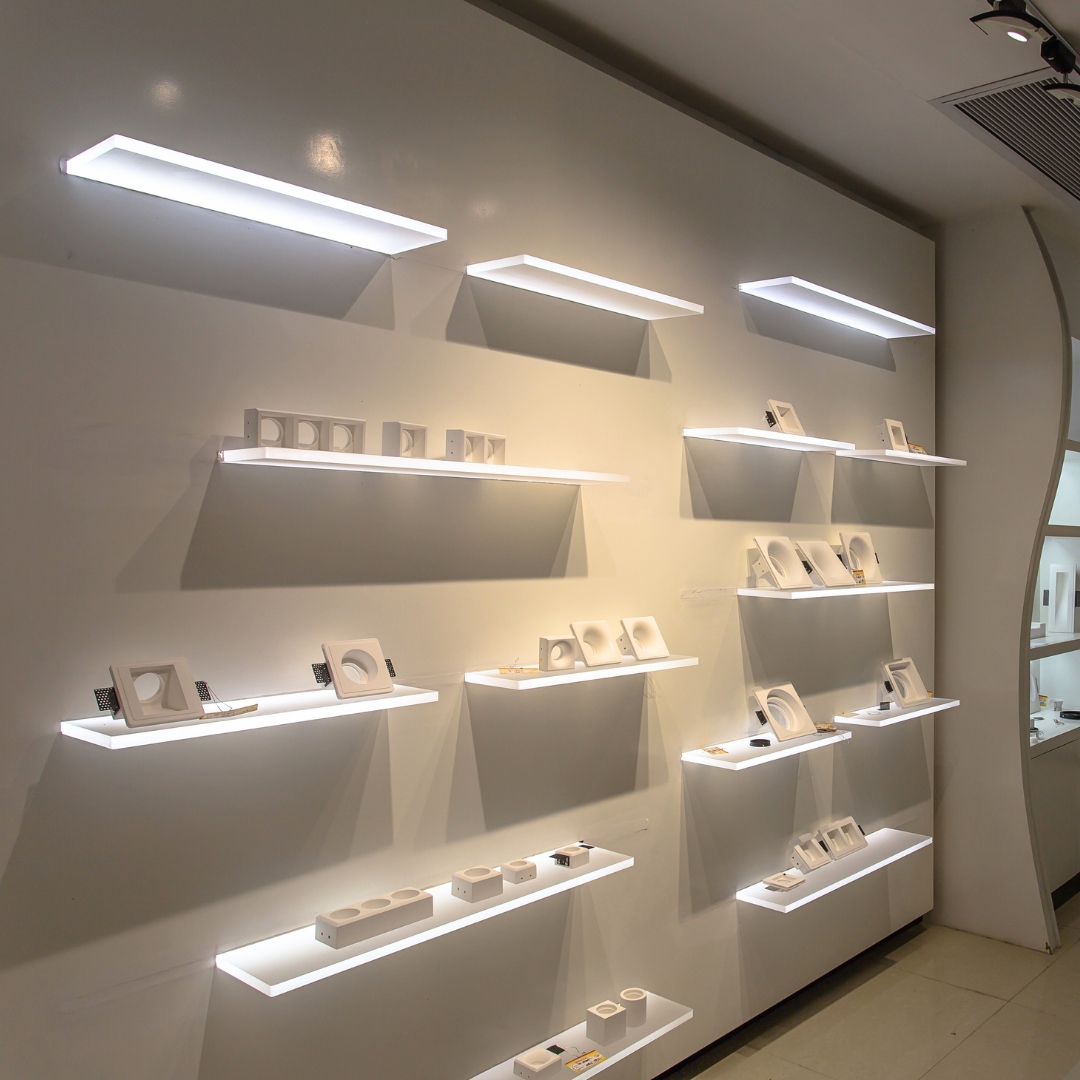
What are the benefits of gypsum lighting?
Plaster lighting are increasingly popular due to their aesthetic flexibility, functionality, eco-friendliness, fire resistance, and durability.
The use of plaster lights fixtures into modern interior decorations has actually been marked by a number of popular trends that mix both aesthetic appeal and useful utility.
One popular trend is the minimalist approach, where the simplicity of the gypsum fixtures serves to boost the overall feeling of area and light within a space. These fixtures commonly include streamlined, geometric forms that line up with modern-day, underrated decor designs.
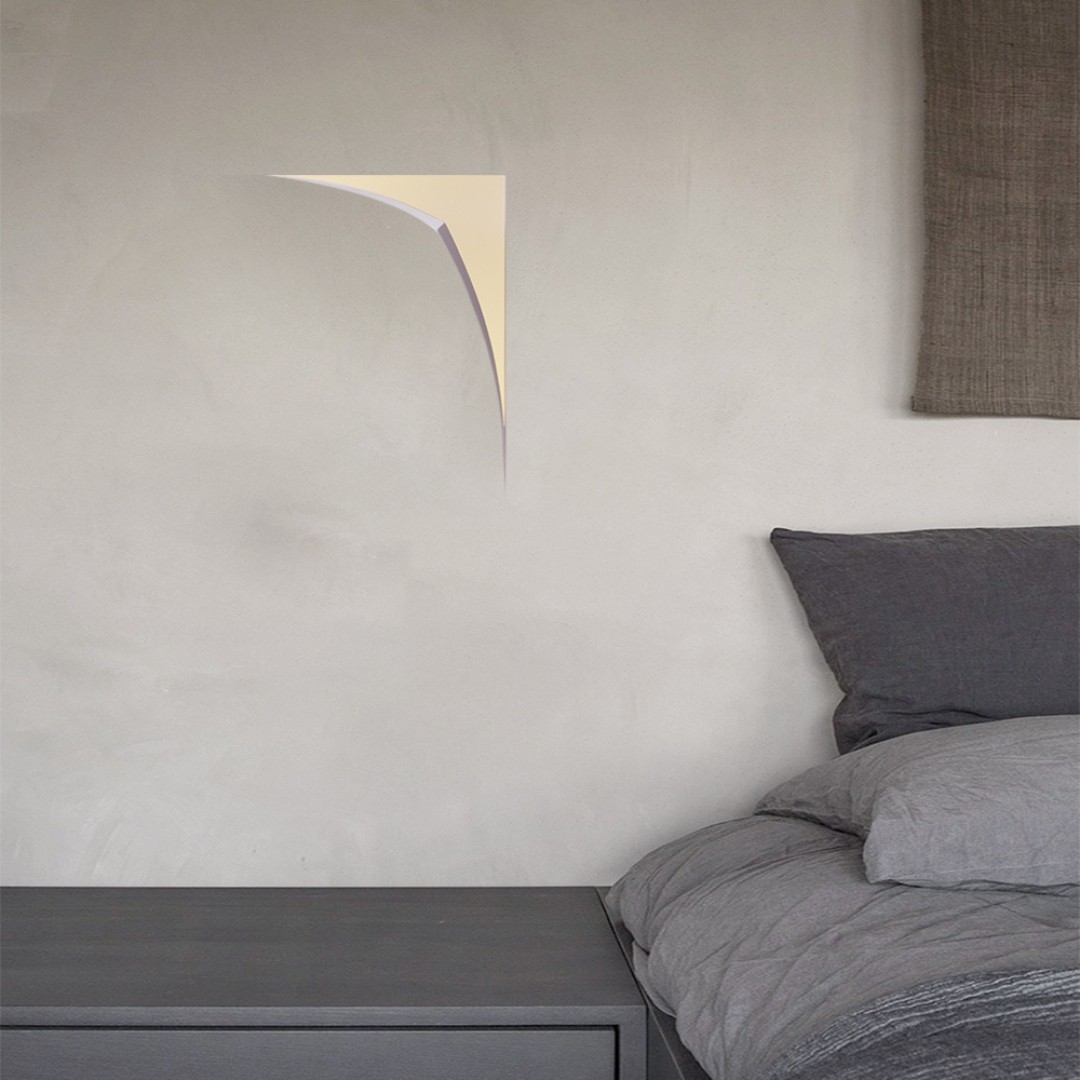
Their seamless integration into ceilings and walls adds a modern touch and enhances the diffusion of light, resulting in a soft, ambient glow that is desired in contemporary interiors.
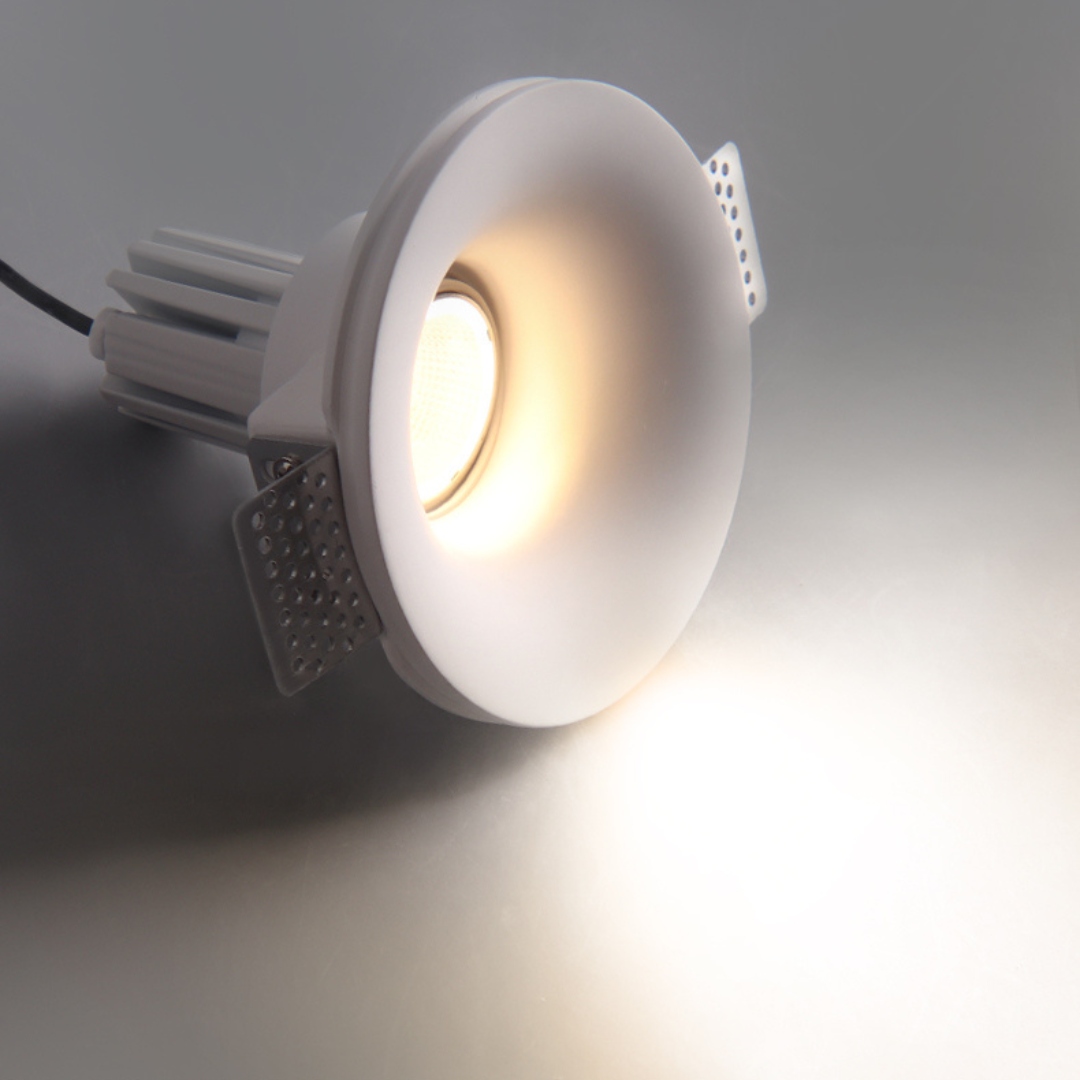
Color personalization is an exciting trend in the use of plaster lighting. With advancements in paint and finish technologies, gypsum can be painted or finished in a wide range of colors, giving designers the ability to customize elements to specific interior color schemes.
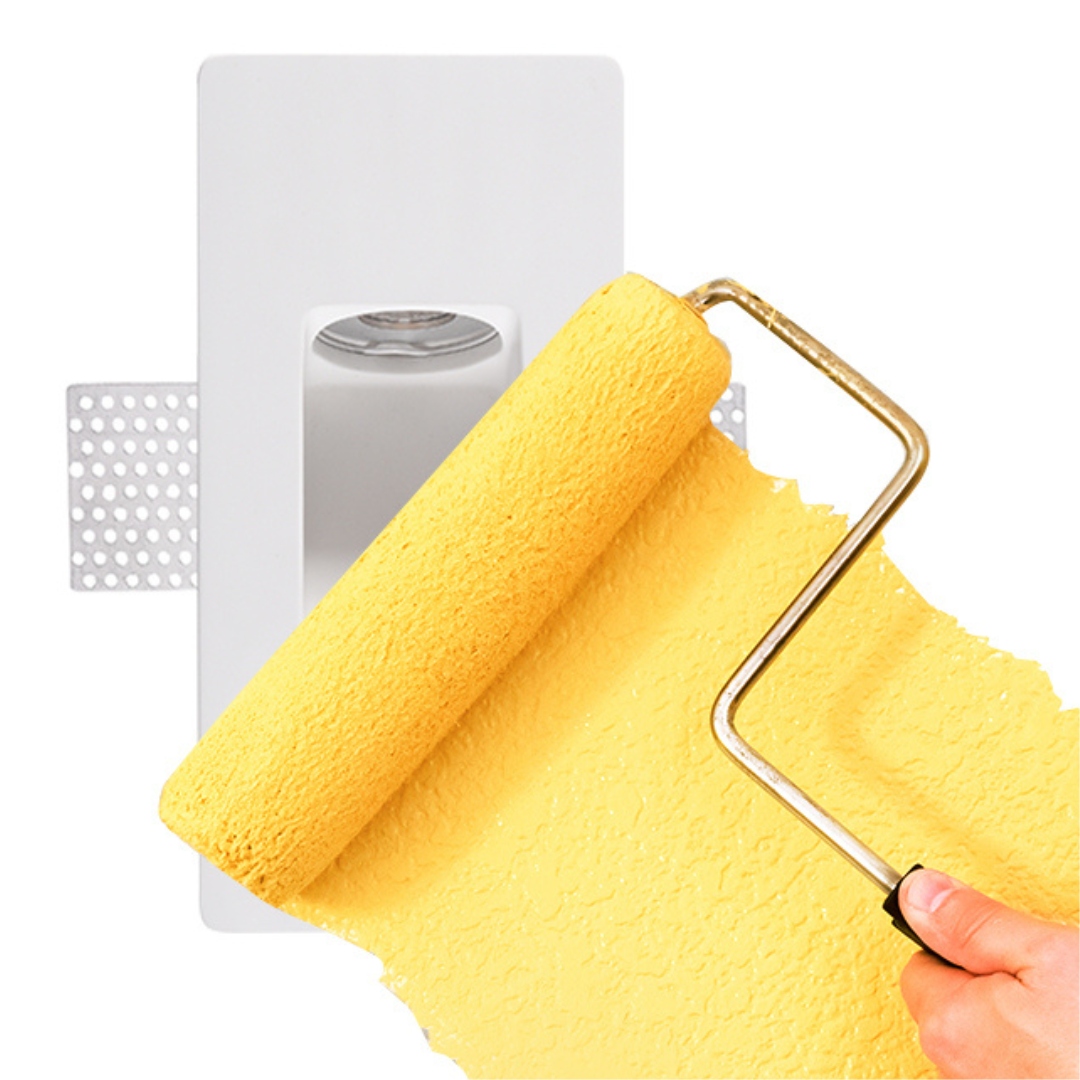
Compared to other materials in lighting
When assessing gypsum lights components compared to various other common materials used in lighting such as metal, glass, and plastic, several unique characteristics become obvious.
One of the notable qualities of gypsum is its natural diffusing ability, which lends a soft, also light perfect for ambient lighting. This characteristic is less widespread in materials like glass or steel, which can create a sharper, much more guided light.
Furthermore, plaster is inherently fire-resistant, providing an added layer of security that products like plastics might not naturally have.
In addition, the environmental impact of gypsum is considered low, the manufacturing and disposal of plastics include contaminants and long disintegration times, influencing ecological sustainability.
6 types of gypsum lighting
Common types of gypsum lighting fixtures include recessed, pendant, wall mounted, and linear lights.
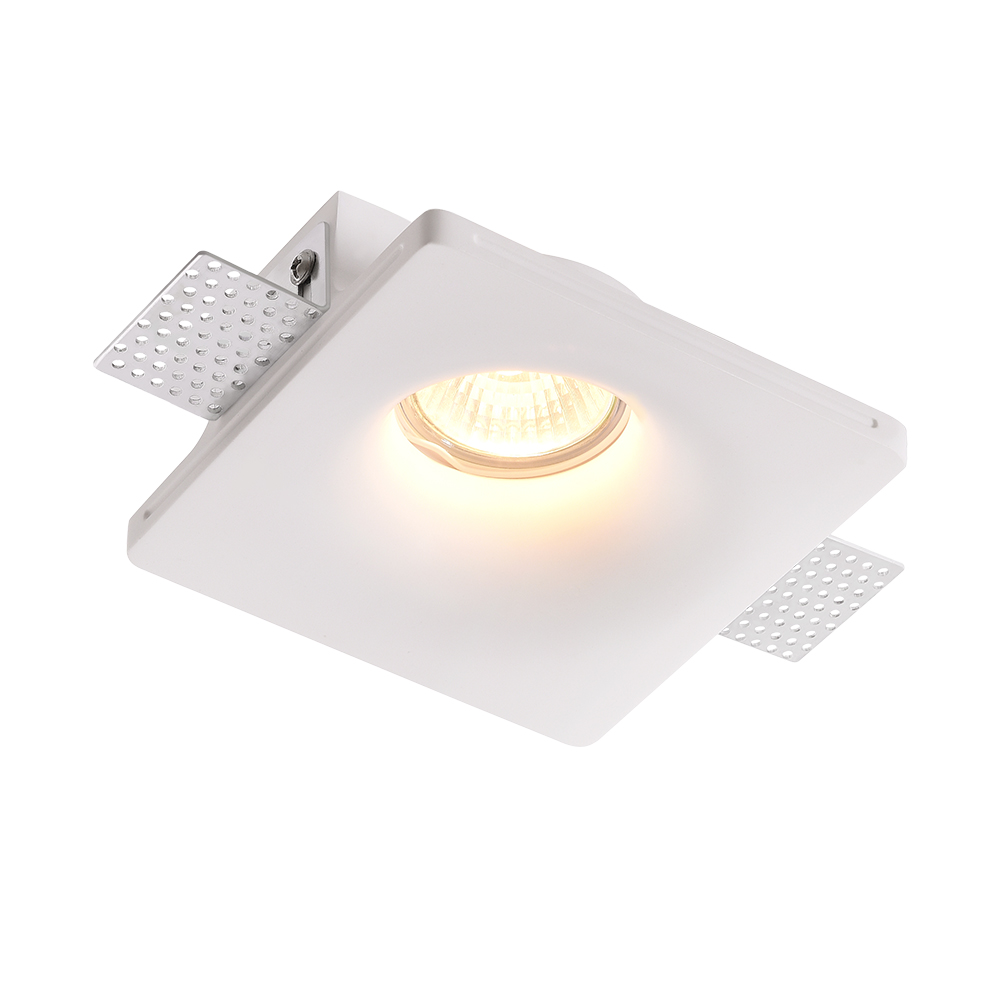
Recessed Spotlight Downlights
● Description: Gypsum recessed spotlight downlights are set up above the ceiling line. Gypsum is used around the fixture to perfectly integrate it right into the ceiling, creating a seamless and modern look.
● Usual Utilizes: General illumination in domestic and commercial areas.
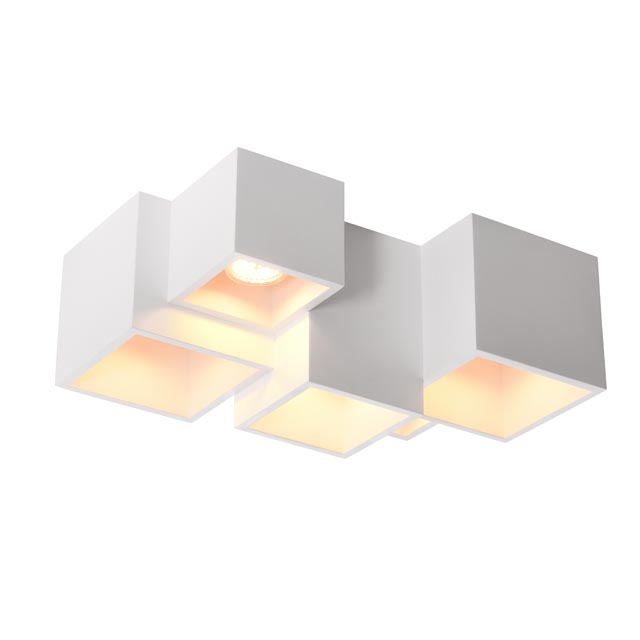
Surface-mounted Ceiling Lights
● Description: Surface-mounted gypsum ceiling lights offer a different aesthetic compared to recessed spotlight downlights, adding a decorative element to the space while still providing ample illumination.
● Usual Utilizes: General illumination in domestic and commercial areas.
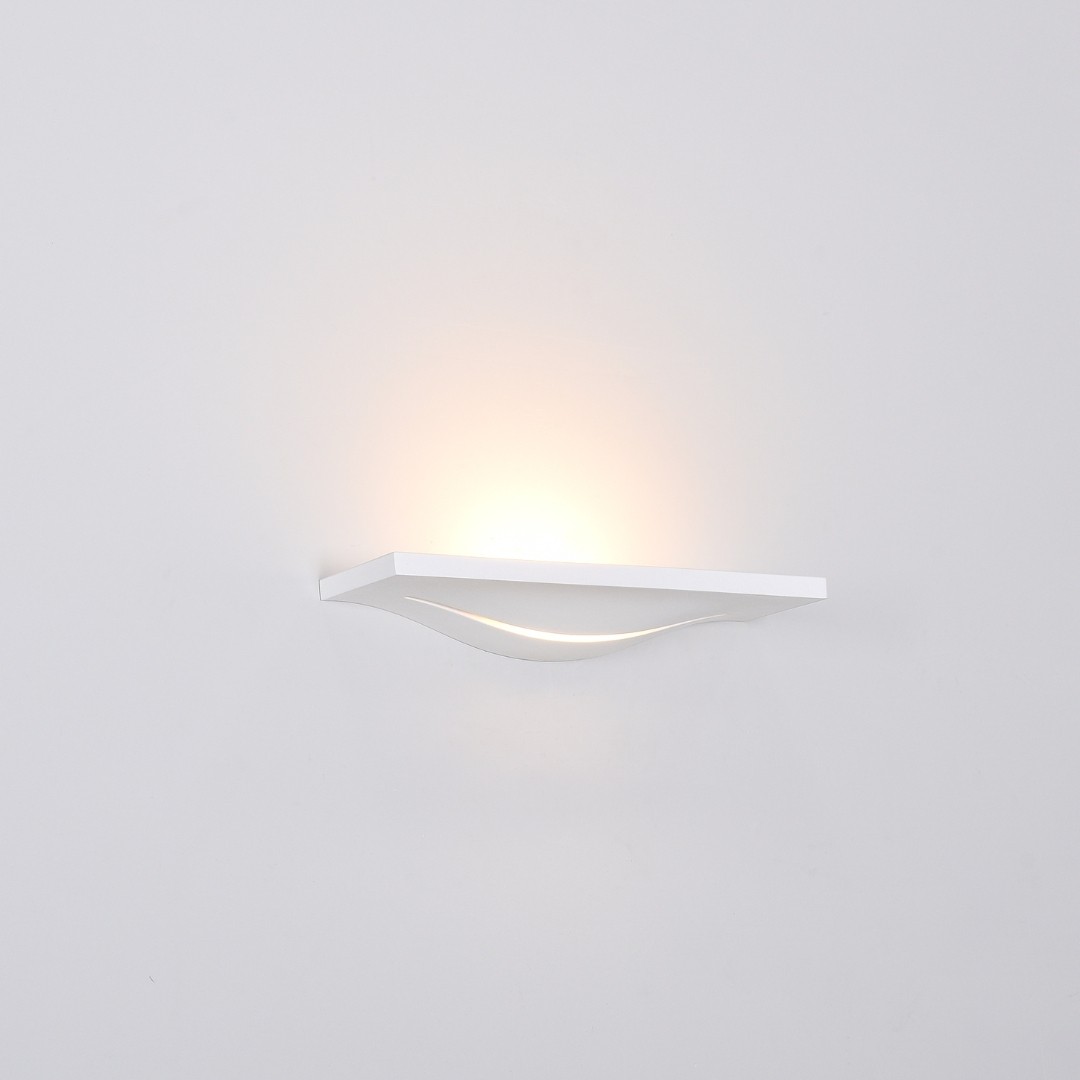
Wall Mounted Lights
● Description: Placed straight to walls, these plaster lamps can be made with gypsum to either project or scattered light in decorative patterns.
● Usual Utilizes: Hallways, bed rooms, and living room.
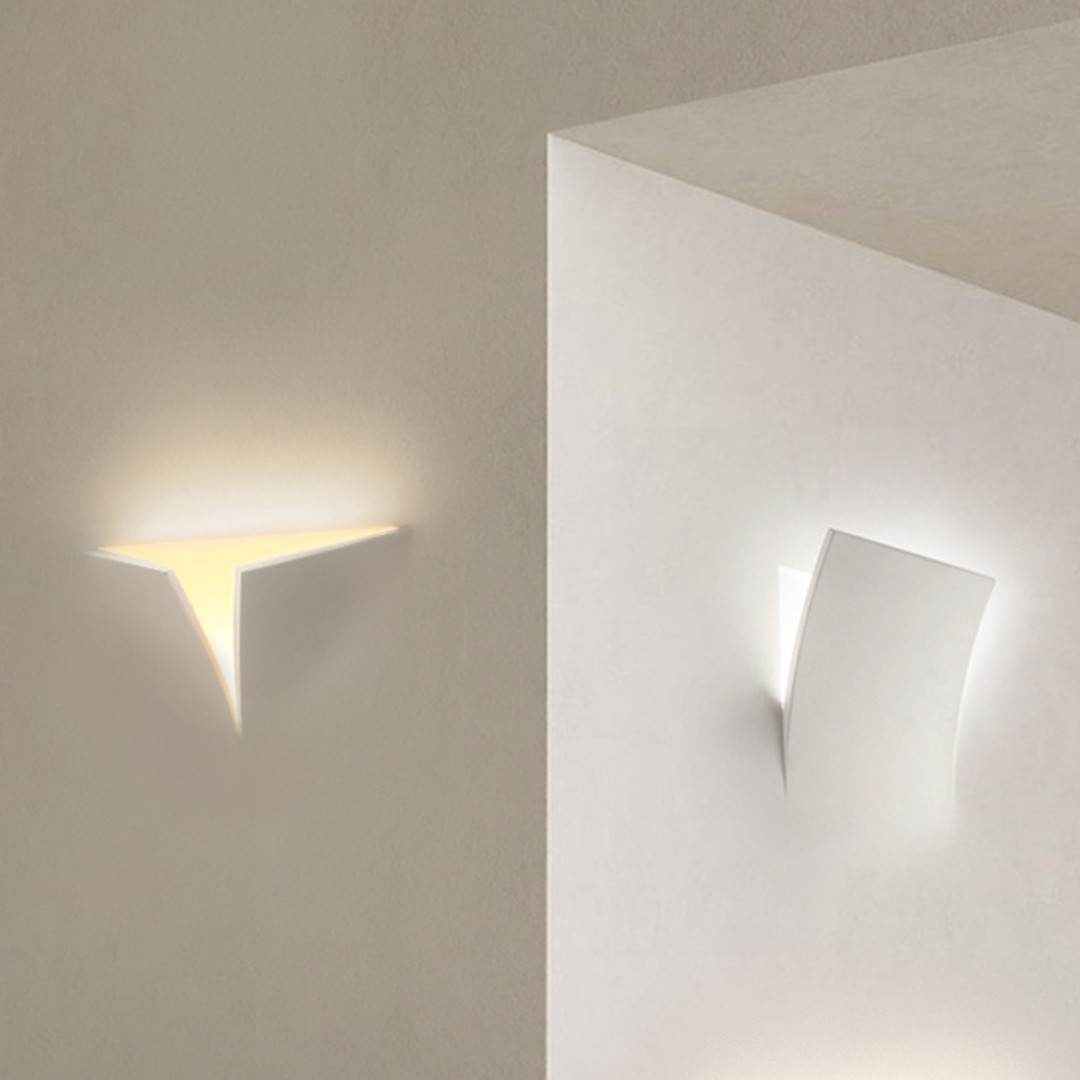
Recessed Wall Lights
● Description: Recessed wall gypsum lamps connect directly to the wall with no void, using gypsum to blend with the surface for a minimal appearance, while providing both ambient illumination and visual appeal.
● Usual Utilizes: Hallways, bed rooms, and living room.
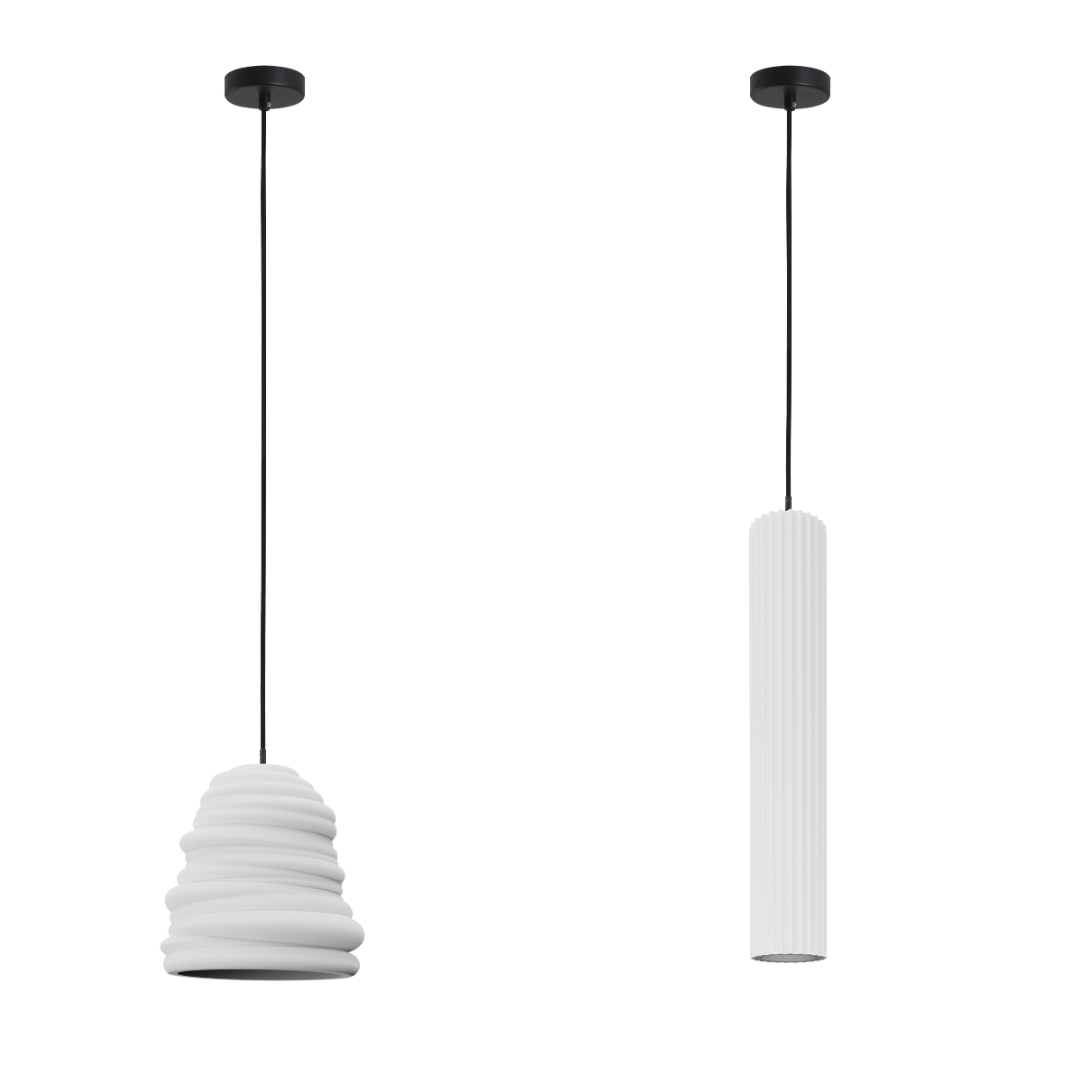
Plaster Pendant Lights
● Description: Suspended from the ceiling by means of a cord or chain, these gypsum pendant lights frequently include plaster shades that concentrate light downward.
● Usual Utilizes: Eating locations, kitchen islands, and high-ceilinged lobbies.
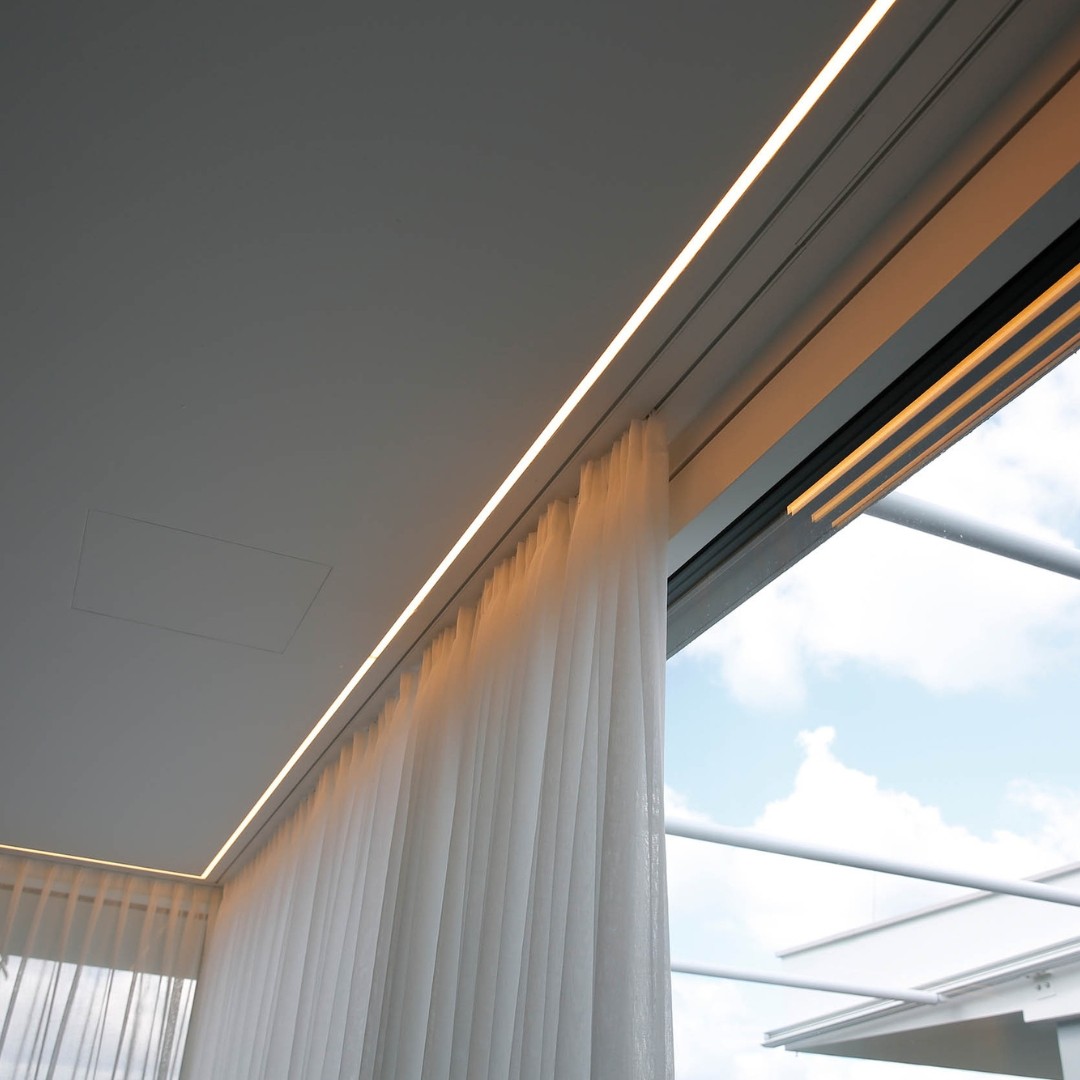
Linear Lights
● Description: Track systems fitted with numerous gypsum enclosed lights that can be readjusted as needed.
● Usual Utilizes: Art displays, galleries, and retail spaces.
Each type of plaster lighting fixture offers unique visual, natural charm and practical advantages, making gypsum an increasingly popular choice for developers and engineers.
How to install gypsum lighting?
Installing gypsum illumination fixtures requires precision and adherence to finest practices to ensure a safe and aesthetically pleasing result.
Prior to beginning the setup procedure, make certain that you have the essential tools, products, and personal protective equipment. Adhere to these actions for a smooth installment:
| Tips | Description |
Plan the Layout | Identify the wanted positions and layout of the plaster fixtures. Consider existing electrical wiring and architectural components prior to settling the settings. |
| Prepare the Surface | Tidy the surface area where the components will certainly be mounted, ensuring it's smooth and dust-free. |
Mount Wiring | Deal with a qualified electrician to mount or adapt the electrical circuitry.See to it all connections follow regional electrical codes. |
Mount the Components | Meticulously position the gypsum lighting components according to the prepared format. Usage ideal bolts and adhesives. |
Connect Electric Element | Connect the components to the electrical circuitry, making certain all connections are effectively shielded and protected. |
Complete and Paint | Load any type of voids with plaster filler or joint compound, then sand the edges for a smooth coating. When dry, paint the fixtures to match the surrounding decoration or to highlight them as style functions. |
Maintaining gypsum lights fixtures
1
Gently get rid of surface area dust utilizing a soft, dry towel or a microfiber duster. Avoid extreme scrubbing up which can scratch the surface area.
2
It's important to regularly check your gypsum illumination fixtures for any type of signs of damages or wear. Small fractures or chips must be fixed without delay to avoid further damage.
3
Finally, be mindful of the setting where the gypsum components are mounted. Prevent positioning them in areas with high moisture degrees or straight exposure to water, as plaster is susceptible to water damages.
FAQS
What are the common types of gypsum lighting fixtures?
The most common types of gypsum lighting fixtures include gypsum recessed spotlight downlights, surface-mounted ceiling plaster lights, plaster pendant lighting, wall mounted gypsum lighting, recessed gypsum wall lights and plaster linear lights.
What are the design trends for gypsum lighting in modern interiors?
The integration of gypsum lighting fixtures into modern interior designs has been marked by several notable trends, including minimalist designs, organic shapes, embedded LED technology, color customization, and smart lighting solutions. These trends blend both aesthetic appeal and functional utility, making gypsum lighting a practical, adaptable solution for modern living spaces.
How do you install gypsum lighting fixtures?
Installing gypsum lighting fixtures requires precision and adherence to best practices to ensure a safe and aesthetically pleasing result. The installation process involves planning the layout, preparing the surface, installing wiring, mounting the fixtures, connecting electrical components, and finishing and painting the fixtures.
How should gypsum lighting fixtures be maintained?
Maintaining gypsum lighting fixtures is crucial for ensuring their longevity and aesthetic appeal. It involves routine cleaning, inspection for damage or wear, annual electrical inspections, and ensuring a stable environment to prevent water damage.
How can GDLED help you?
We hope you found our ideas useful! If you have any inquiries regarding gypsum lighting, then look no further. Book an online consultation with GDLED today.

